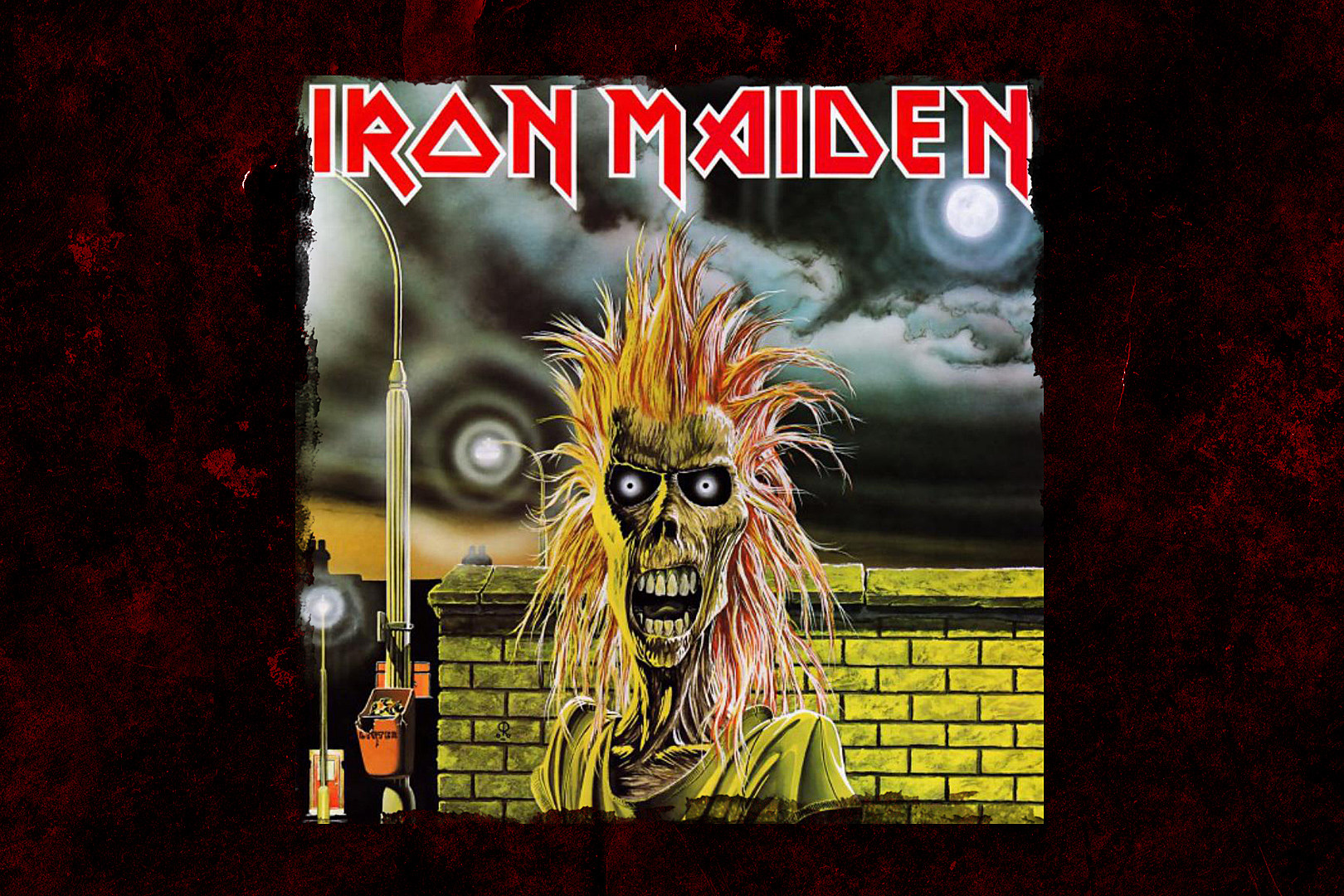

That success was still relatively low-key at the end of 1978, when the band – by now featuring ever-present guitarist Dave Murray and vocalist Paul Di’Anno – recorded their first demo at Spaceward Studios in Cambridge. Buoyed by the success of Iron Maiden and the rest of the NWOBHM, Kerrang! would later become a regular publication in its own right. Maiden featured heavily, and the title of the piece was Kerrang! – an onomatopoeic take on the sound of an overdriven, distorted guitar. Iron Maiden were the focal point of what Sounds termed the ‘new wave of British heavy metal’ (NWOBHM), and journalist Geoff Barton wrote a 12-page pull-out on the burgeoning scene. Kerrang! and Iron Maiden go way back, incidentally. Looking back, some of it wasn’t that great – we had a bubble machine at one point – but it all helped get people’s attention, and right from the first couple of gigs we started to get a following.” “We were playing the pubs and we wanted to stand out, to make people take a bit more notice.

“Well, it started off as just a Kabuki mask up behind the drummer when we were playing the pubs, and we had a little fish-tank pump so there was blood coming out of the mouth,” Steve told K! years later. One vocalist, Dennis Wilcock, used make-up, fire and fake blood, while legendary mascot Eddie began life as a pimped-up Japanese mask. It had all the raw aggression you could want, but it was mixed with a more complex musicality and an ambitious if still amateurish sense of spectacle. Iron Maiden were developing their own signature style even then. It was unfashionable, uncool to do features about heavy metal.” “We found it hard to gig at first, but once we started playing at the Ruskin, we discovered we were able to pull in loads of people just like us who love heavy metal and don’t want to know about new wave… I went to see bands like Judas Priest and there were still thousands of kids into the bands, it was just that the press didn’t recognise it or write about it. “I couldn’t have started a punk band, that would have been against my religion,” Steve claimed in Maiden’s first ever major music press interview, with Kerrang!’s parent publication Sounds.

Steve Harris – a one-time street sweeper, architectural draughtsman and West Ham trainee – had actually formed the first version of Iron Maiden on Christmas Day 1975, but it was during the punk era that they started to forge their own identity and hone their craft in the pubs of London’s East End. Not everyone bought into the three-chord ethos, however, and it was largely the drive and vision of one man that would bring about another, more metallic cultural movement.
IRON MAIDEN DEBUT ALBUM TV
The front pages of the tabloid press were frothing with apoplectic glee after the Sex Pistols swore on live TV and the likes of the ‘Pistols, The Clash and The Damned all released their culture-bomb debut albums. In 1977, punk rock was bringing the filth and the fury to the UK.


 0 kommentar(er)
0 kommentar(er)
